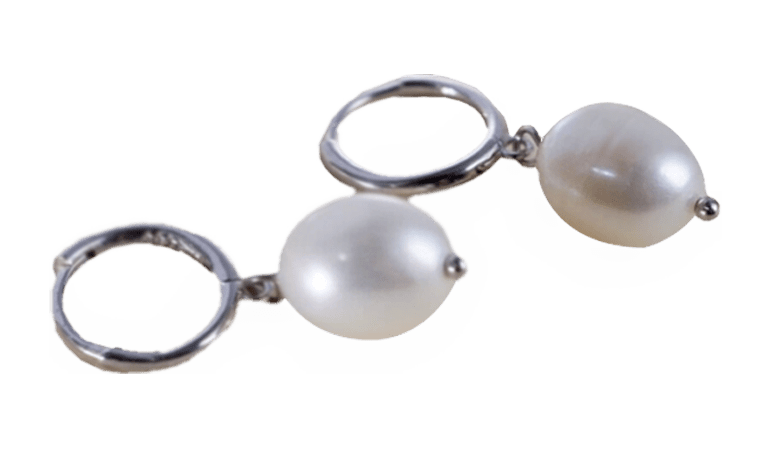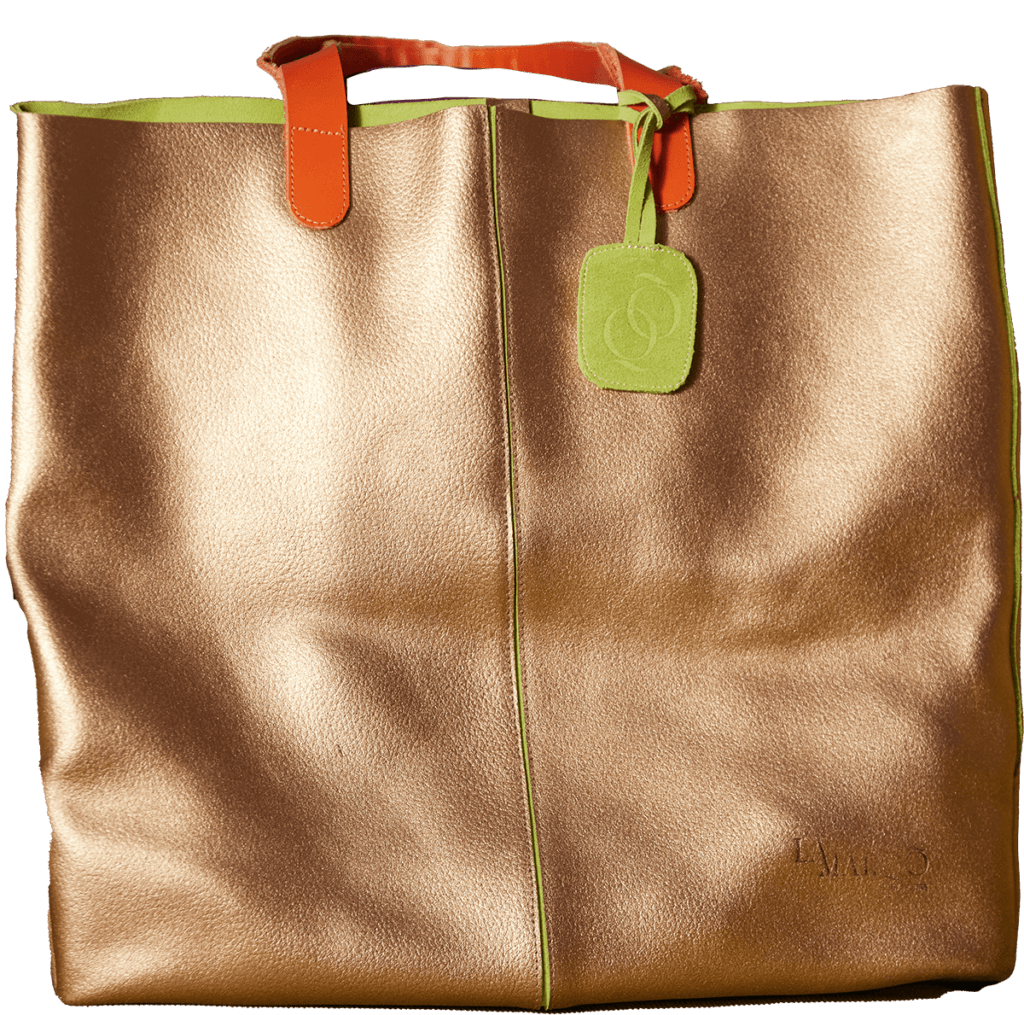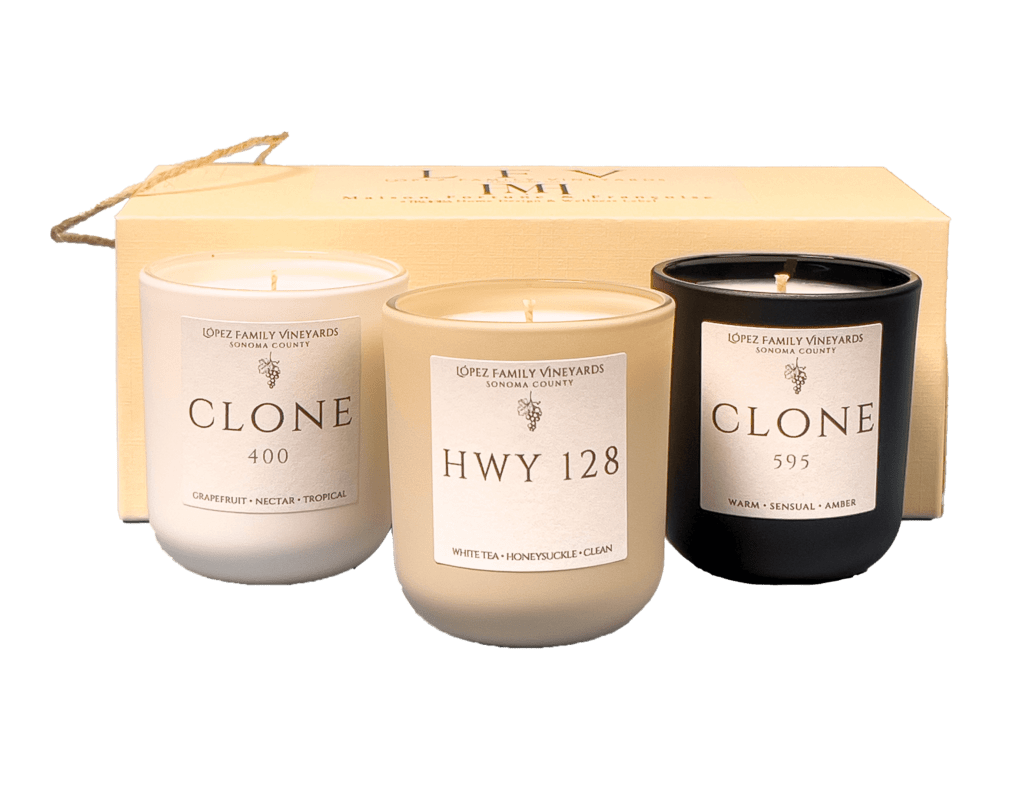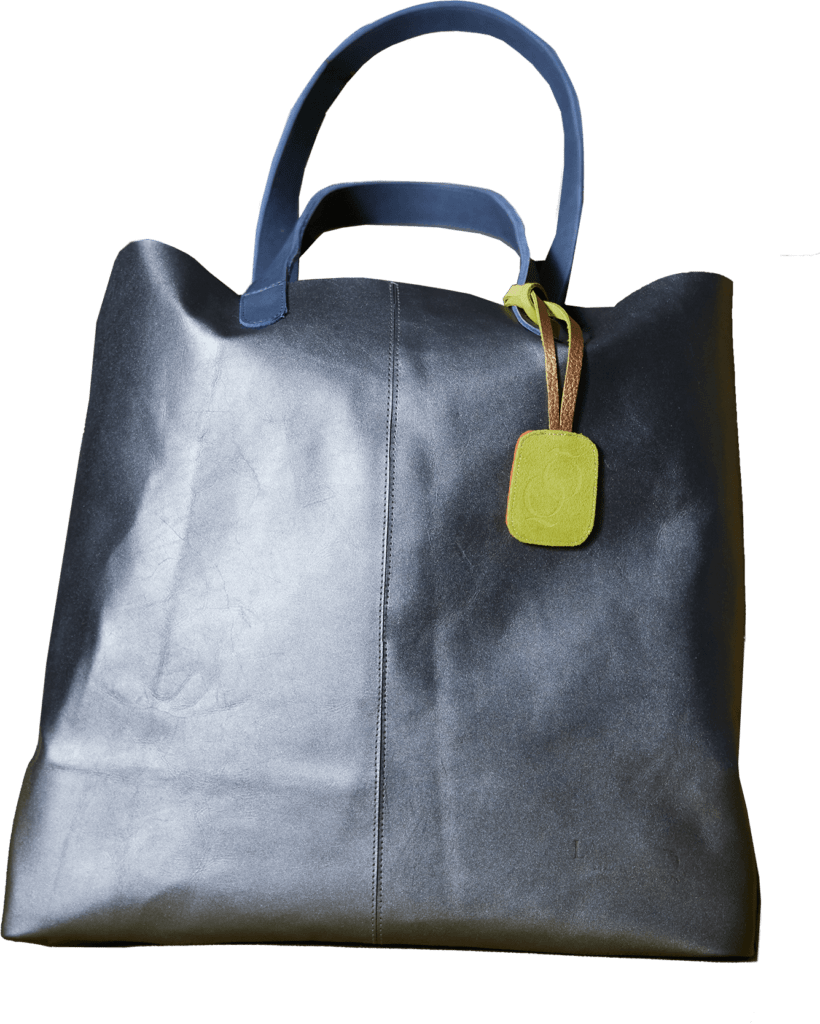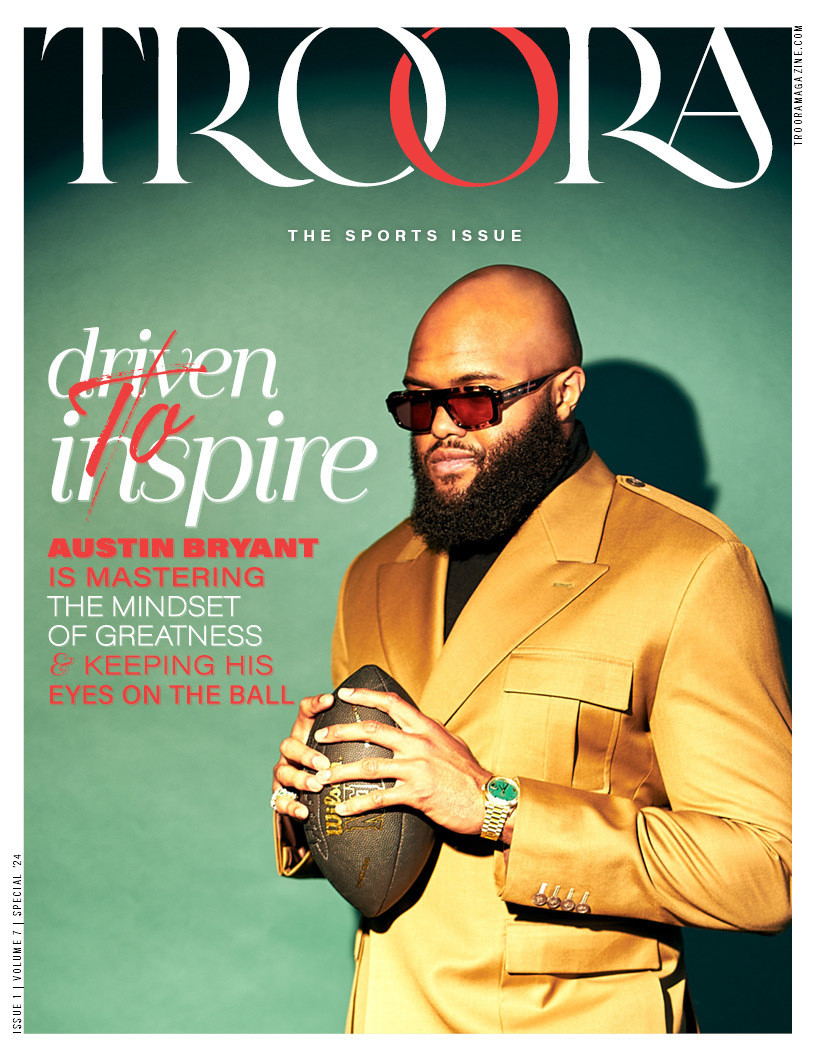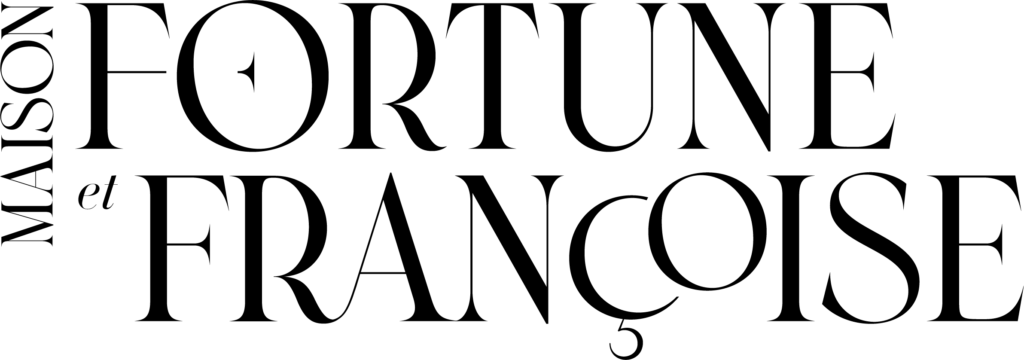
Art
Bell Collective
Written by: Filipa Araújo
Bell Collective
A Collective Of Women Redefining The Way We See Travel Photography
The Bell Collective comprises female (-identifying) photographers and creators. Founded by photographer Alina Rudya, this collective uses visual storytelling to redefine the woman traveler and challenge how we see female travel photography. They work on multiple projects and have collaborated with big names like Nikon and Mercedes-Benz. As an open collective, they work with women from all over the world, with different visions and backgrounds, who share a common goal: showcasing a variety of powerful perspectives of the world. Last year, the Bell Collective co-organized the Female Photo Days event in Berlin, Germany. An open invitation to female and non-binary photographers to empower creative female voices and create a space for emerging talent in the industry.
In 2019, they also released a book named “Bell Collective,” where we are invited to follow the path of 14 amazing women as they share life through their lens and allow us a sneak peek into their worlds. From big busy cities, between endless hot deserts and snowy white mountains, from intrepid road trips and wandering off the beaten path, we get to explore different corners of the world, with some powerful insights into travel and photography along the way.
Inspired by the iconic Gertrude Bell, a famous British adventurer, archaeologist, travel writer, political officer, and a collective role model of the photographers, this book reminds us that we come from a legacy of powerful women pioneers that helped pave the way for our paths in an often male-dominated world.
In 2019, they also released a book named “Bell Collective,” where we are invited to follow the path of 14 amazing women as they share life through their lens and allow us a sneak peek into their worlds. From big busy cities, between endless hot deserts and snowy white mountains, from intrepid road trips and wandering off the beaten path, we get to explore different corners of the world, with some powerful insights into travel and photography along the way.
Inspired by the iconic Gertrude Bell, a famous British adventurer, archaeologist, travel writer, political officer, and a collective role model of the photographers, this book reminds us that we come from a legacy of powerful women pioneers that helped pave the way for our paths in an often male-dominated world.
Alina Rudya, professional photographer and founder of Bell Collective
Alina Rudya, professional photographer and founder of Bell Collective
Bell Collective
Challenging female stereotypes
When Rudya founded the Bell Collective, she had a clear view of the future of the photography industry: “I created Bell Collective because I saw that women creators were misrepresented on social media. Women were seen as muses and models rather than adventurers, explorers, and artists. I wanted to create a collective of female photographers who show the world through their perspective and have a different angle on what traveling means.”
The idea is to use visual storytelling to challenge stereotypes about female travel and creative choices. In a male-dominated creative world, women often face issues regarding access to the industry and representation. Rudya explains the importance of having female representation in the industry: “Since the majority of photographers and creators in the journalistic, editorial, and commercial area are still men, we are often faced with the male gaze and lack of representation in advertisement, both in the creative teams & final product. Showcasing female creators and working with female & non-binary teams on commercial projects helps to balance the scene & show different areas of interest, life, and expertise.”
The girls and women of tomorrow should get to experience a world free of imposed identities and stereotypes, and for Rudya, it is vital to showcase women who are strong, adventurous, fierce, and who challenge the idea of the fragile woman. “Role models are important for younger girls who are standing before a career choice, and seeing professional women who do not follow the established gender stereotypes will help to encourage the young generation to think out of the box, follow their true passion without a fear of being judged, and fix the imbalance in many professional fields.”
The idea is to use visual storytelling to challenge stereotypes about female travel and creative choices. In a male-dominated creative world, women often face issues regarding access to the industry and representation. Rudya explains the importance of having female representation in the industry: “Since the majority of photographers and creators in the journalistic, editorial, and commercial area are still men, we are often faced with the male gaze and lack of representation in advertisement, both in the creative teams & final product. Showcasing female creators and working with female & non-binary teams on commercial projects helps to balance the scene & show different areas of interest, life, and expertise.”
The girls and women of tomorrow should get to experience a world free of imposed identities and stereotypes, and for Rudya, it is vital to showcase women who are strong, adventurous, fierce, and who challenge the idea of the fragile woman. “Role models are important for younger girls who are standing before a career choice, and seeing professional women who do not follow the established gender stereotypes will help to encourage the young generation to think out of the box, follow their true passion without a fear of being judged, and fix the imbalance in many professional fields.”
Never Miss a chance to be Inspired!
Start your trial today.
Don’t Just Scroll, Evolve! Explore the Unexplored with TrooRa.
Subscribe for Insights and Stories Not Found Anywhere Else!
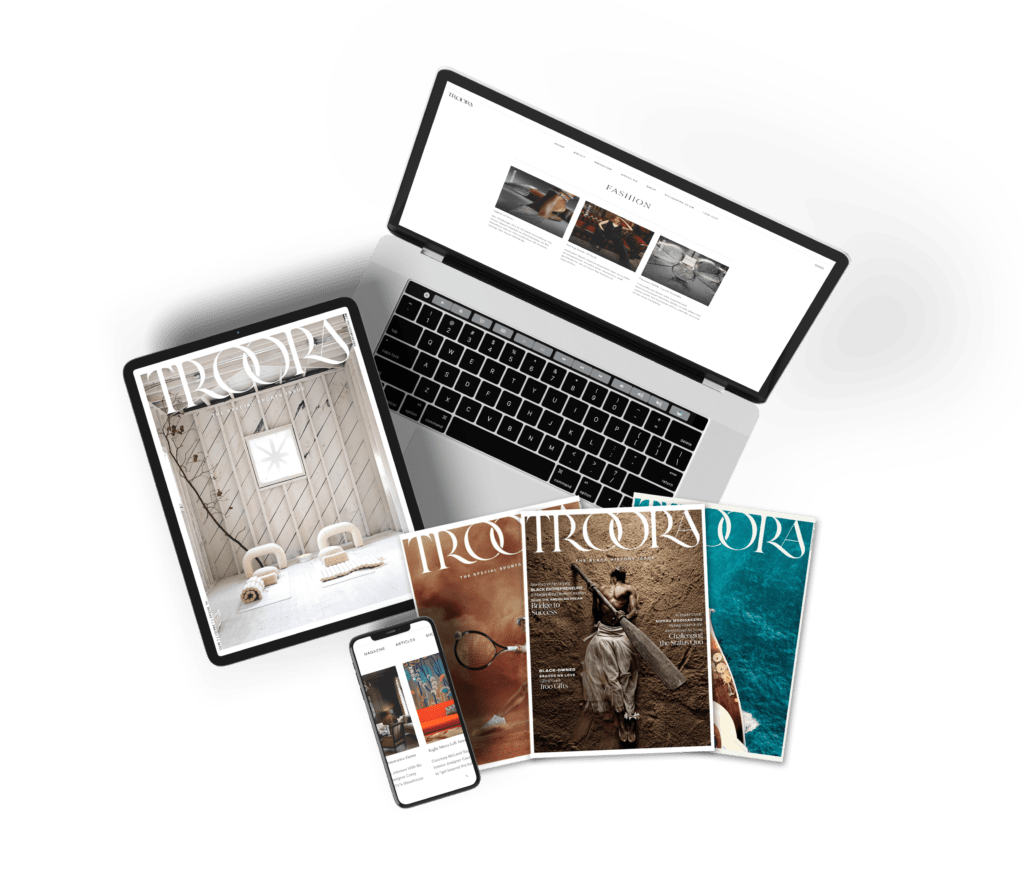
Already Have an Account? Sign In
Want The Print?
Get Waitlisted NOW!


